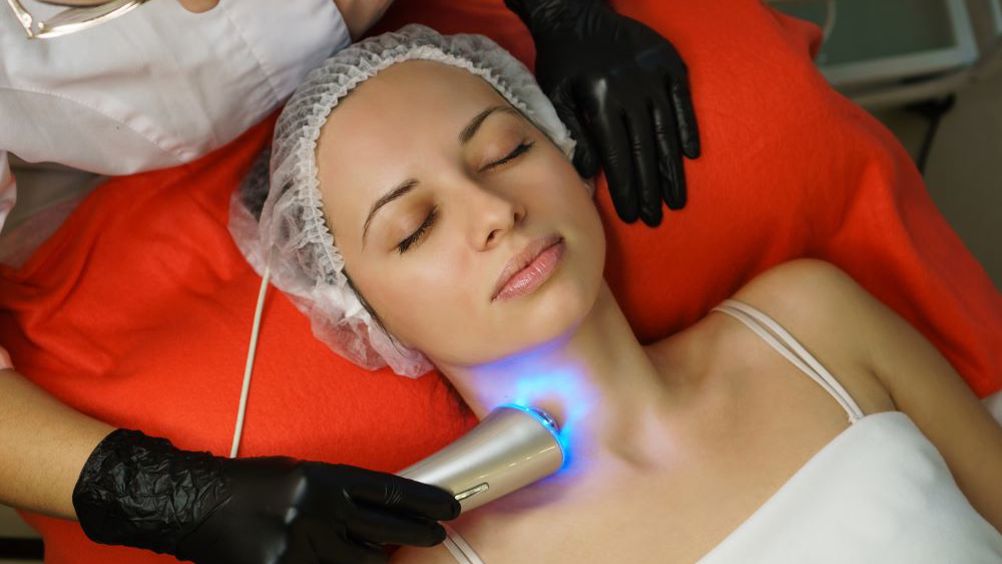References
The basics of dermatologic ultrasonography for the aesthetic practitioner

Abstract
In the second part of this series, Amy Miller and Toni Gordley discuss ultrasound technology, terminology and anatomy
The use of ultrasound to image the skin and subcutaneous structures is a relatively new and increasingly prevalent tool that is available to the aesthetic practitioner. It has multiple applications within a cosmetic practice. Ultrasound can detect and measure signs of photoageing caused by prolonged exposure to the sun through the observation of the subepidermal low echogenic band (SLEB) (Alfagame et al, 2021). The SLEB is a hypoechogenic or dark band just below the epidermis, representing water and increased glycosaminoglycans in photoaged skin.
Prior to cosmetic injections of neurotoxin or dermal filler, ultrasound can be used to visualise the anatomy of a targeted area and screen for vessels and anatomic anomalies. Additionally, it can be used to characterise complications of filler injections, for example, granulomas, biofilms or delayed onset nodules. Ultrasound can be used to guide aesthetic injections or any therapeutic injections, such as hyaluronidase (Weiner, 2021), collagenase, steroids or deoxycholate. Additionally, it can be used to evaluate the placement of previous fillers, as well as threads (Lee et al, 2020). Ultrasound can be a useful tool to gauge the improvement of lipolytic treatments or body sculpting treatments by measuring subcutaneous adiposity and muscle thickness (Kilgariff, 2020).
Register now to continue reading
Thank you for visiting Journal of Aesthetic Nurses and reading some of our peer-reviewed resources for aesthetic nurses. To read more, please register today. You’ll enjoy the following great benefits:
What's included
-
Limited access to clinical or professional articles
-
New content and clinical newsletter updates each month


